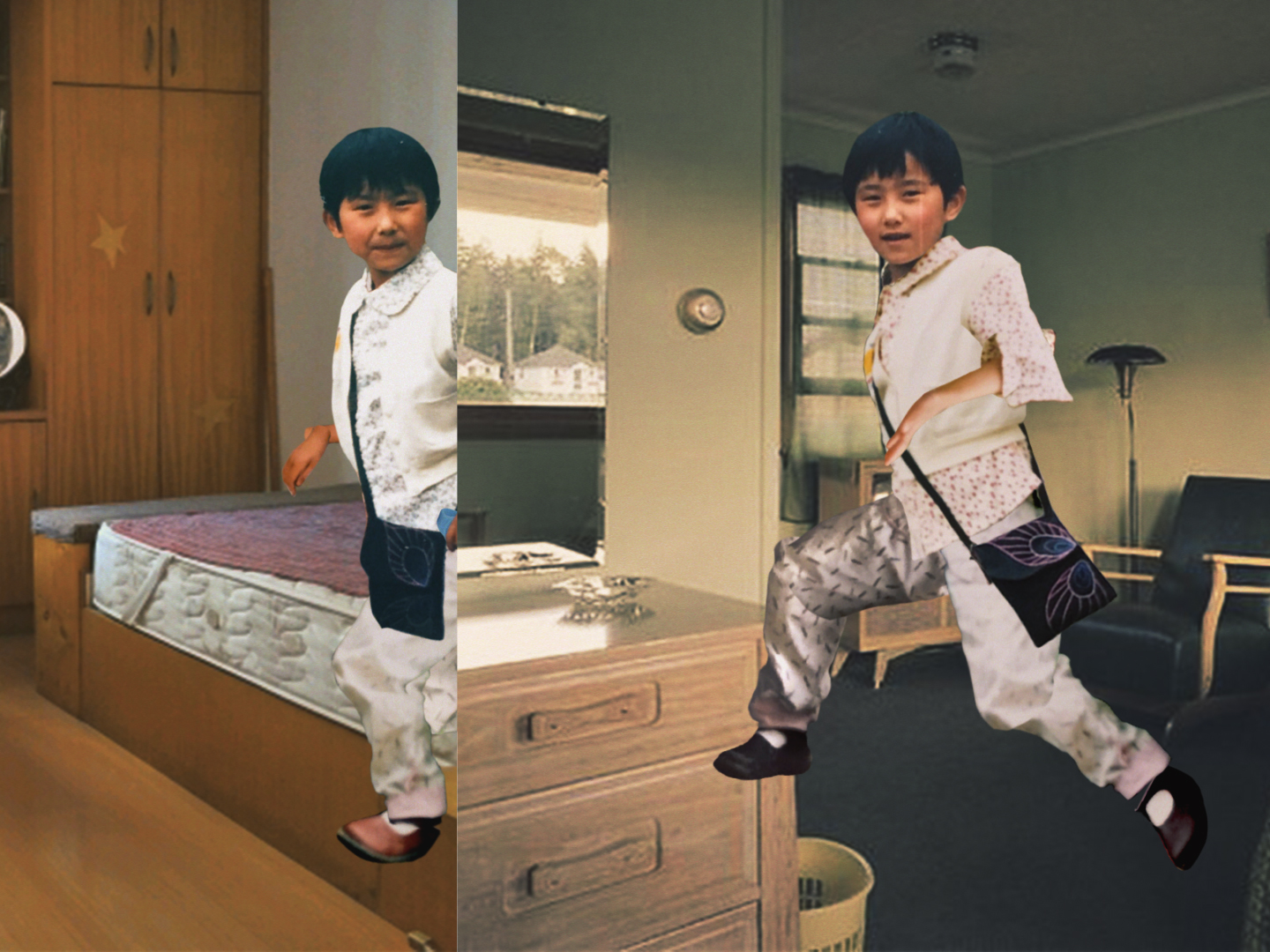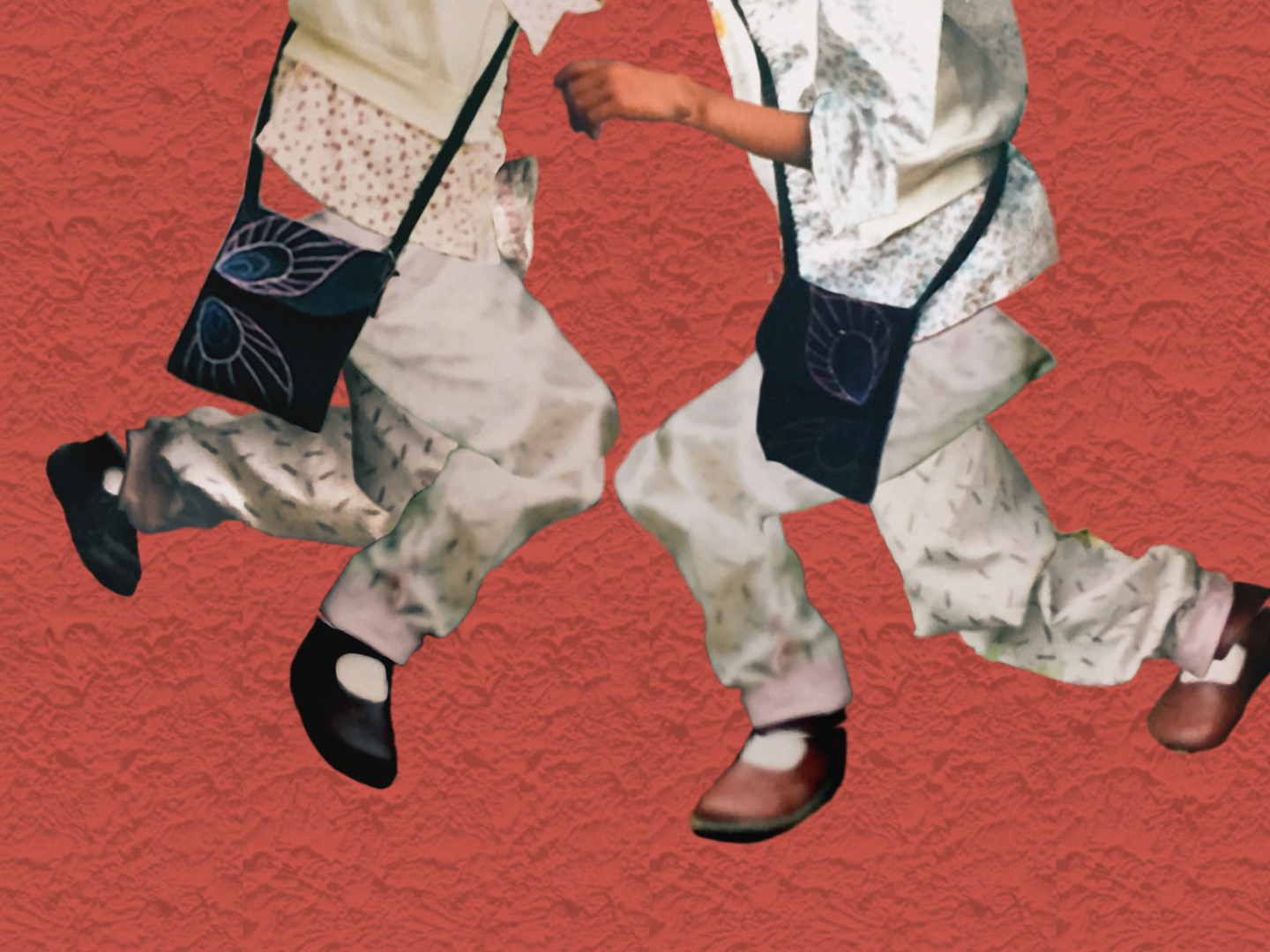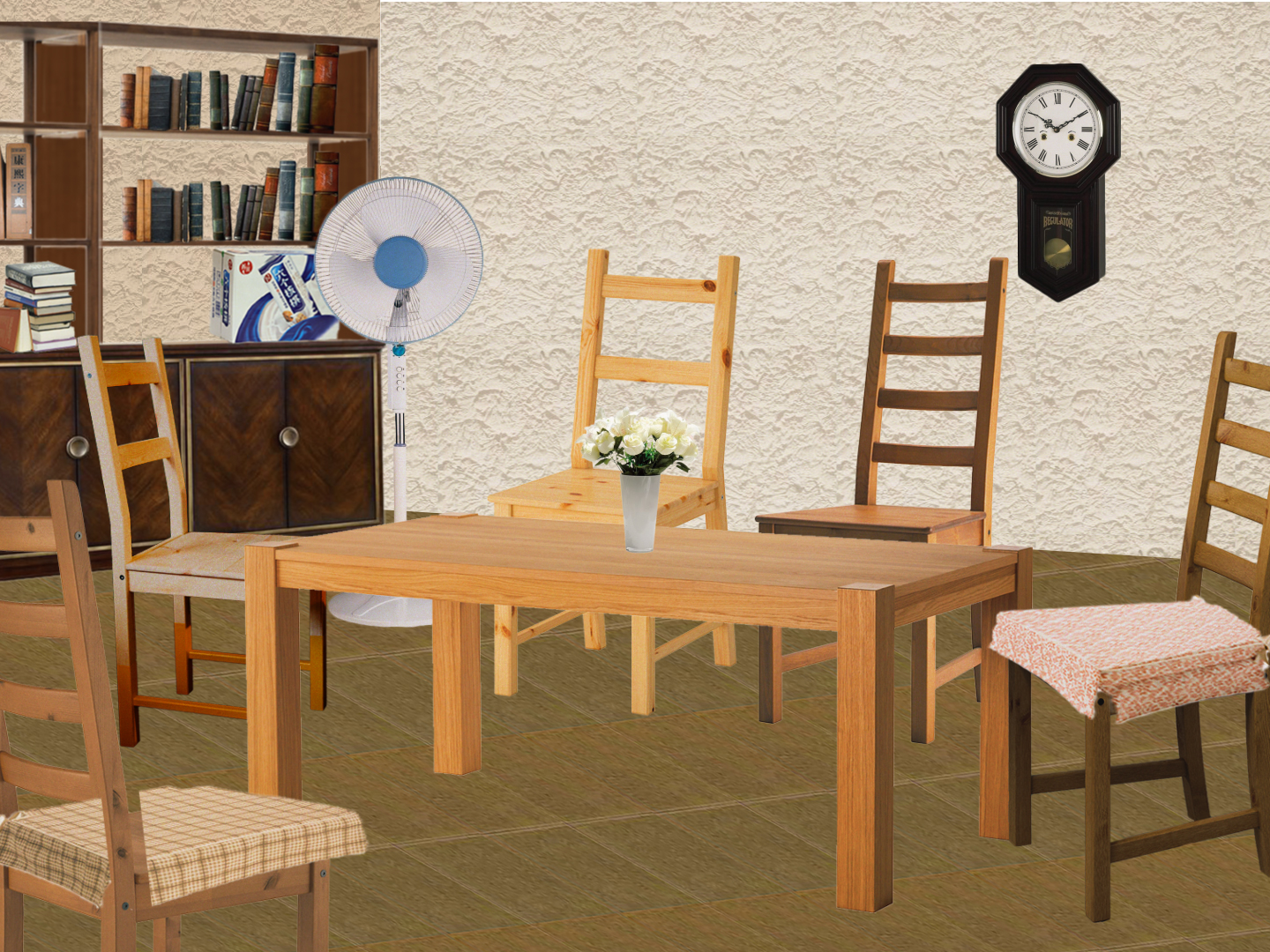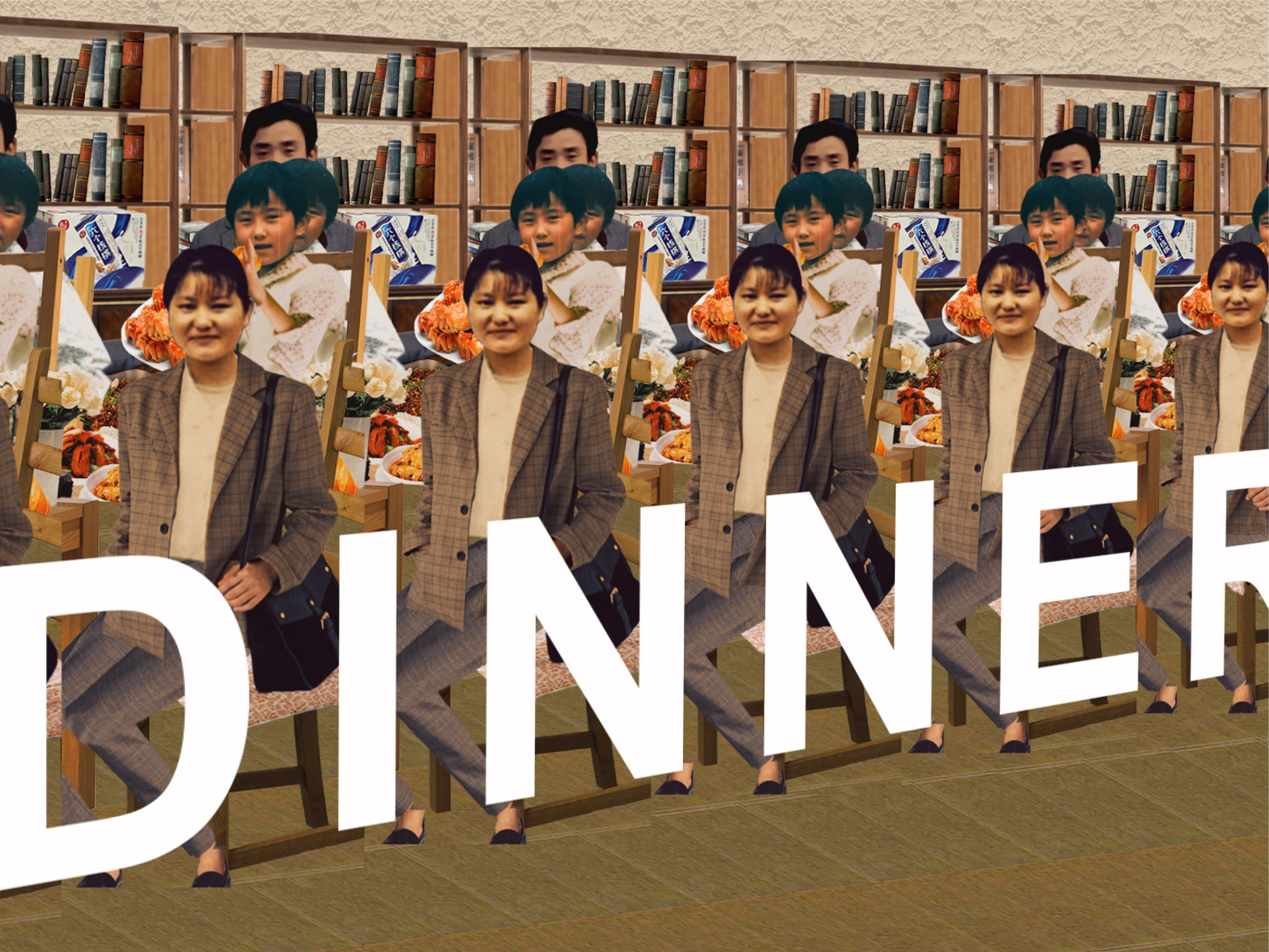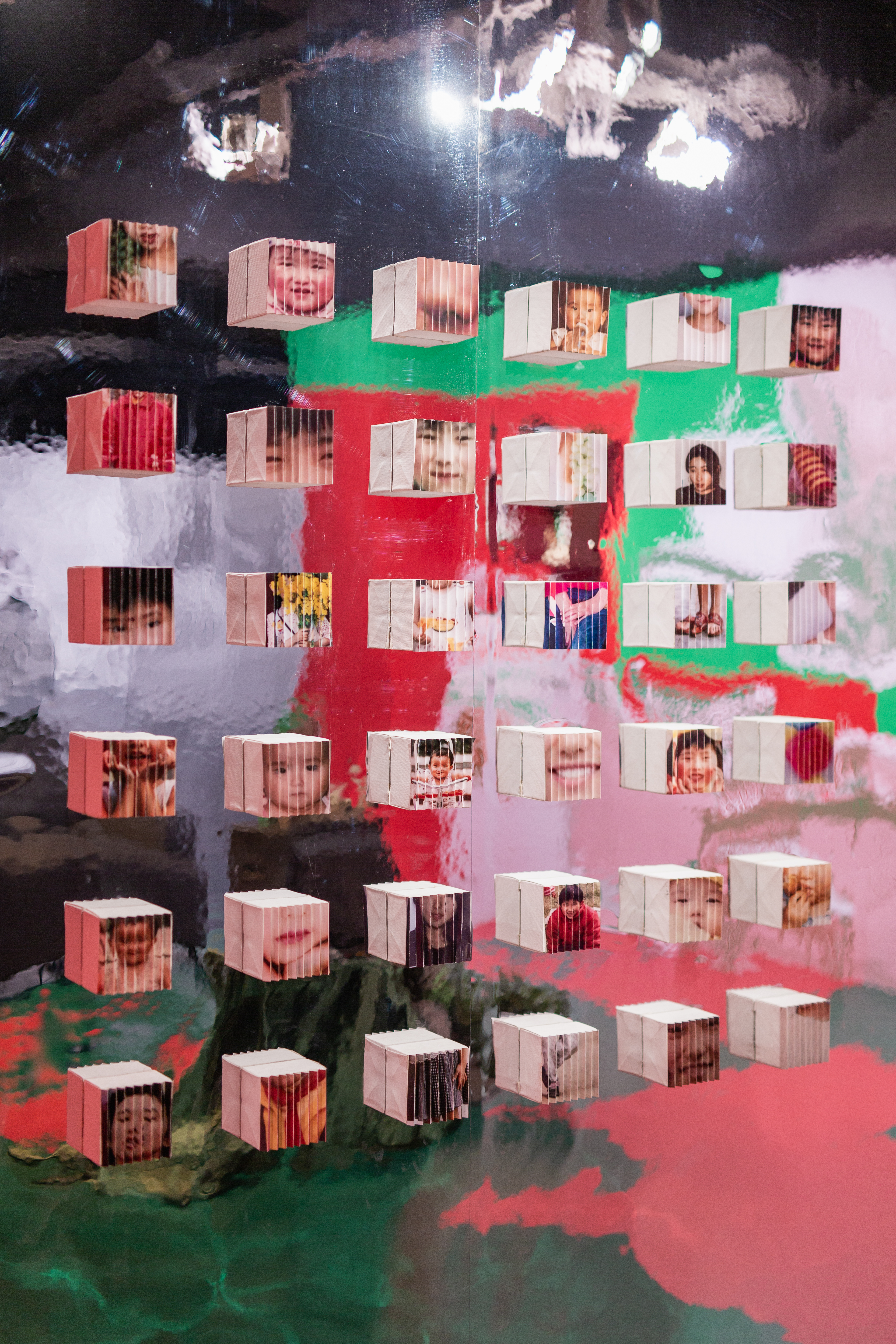Twin but Different
Contributor
Transient Nostalgia
“It doesn’t matter if either the elder sister or the younger sister comes. You two are the same.”
Growing up as a twin, I often heard this sentiment during my childhood. There are no tangible differences in appearance or voice between my sister and me. We have been together from birth through university, and are frequently mistaken for one another, by now, we are used to it.
In the article “The History of Twins, As a Criterion of the Relative Powers of Nature and Nurture,” Francis Galton concluded that nature has a larger effect than nurture with respect to development. According to his study, identical twins with 99.9% shared DNA develop similar traits despite being in different environments.
When I consider my relationship with my twin sister, I ask myself: what traits do we have in common,? What characteristics make us different? Is our relationship ultimately one of harmony or conflict? When we were younger my sister and I were constant companions, but we were also in constant conflict with each other, especially when there was just one gift, opportunity, or resource. As we grew older, we deliberately built individual social circles, but although we endeavored to be separate individuals, we still possessed similar hobbies and customs that reunited us back together.
I returned to my hometown to search for original materials. To my surprise, I discovered that my sister and I had both kept a diary for the past ten years, but had never shown them to one another. With her permission, I opened the diary that had been sealed for many years. Within these written words, I found she never called me “sister” and sometimes hated me. We had radically different opinions on major life issues and completely different perceptions of the arguments we had. I also found family photos from our birthday celebrations and these precious mementos compelled me to tell our stories. I immediately conceived of the idea of a virtual “family room,” to provide context for our relationship and transformation.
The reconstructed room combined virtual images and real objects, manifesting as the installation Similar but Different, a book Sister & Sister, and a loop animation titled “HOT DINNER”. In this recreation of nostalgic atmosphere and childhood scenes, the story portrays endless arguments and fights, which end in forgiveness and forgetting. Perhaps this is the best interpretation of the relationship between two people who find profoundness and indifference in each other. Finally, I visited the virtual family room which was a complex mixture of nostalgia and monument, a familiar but strange space from pastime filled with memories of conversations, whispers, and giggles, forcing a sense of bittersweet nostalgia.
